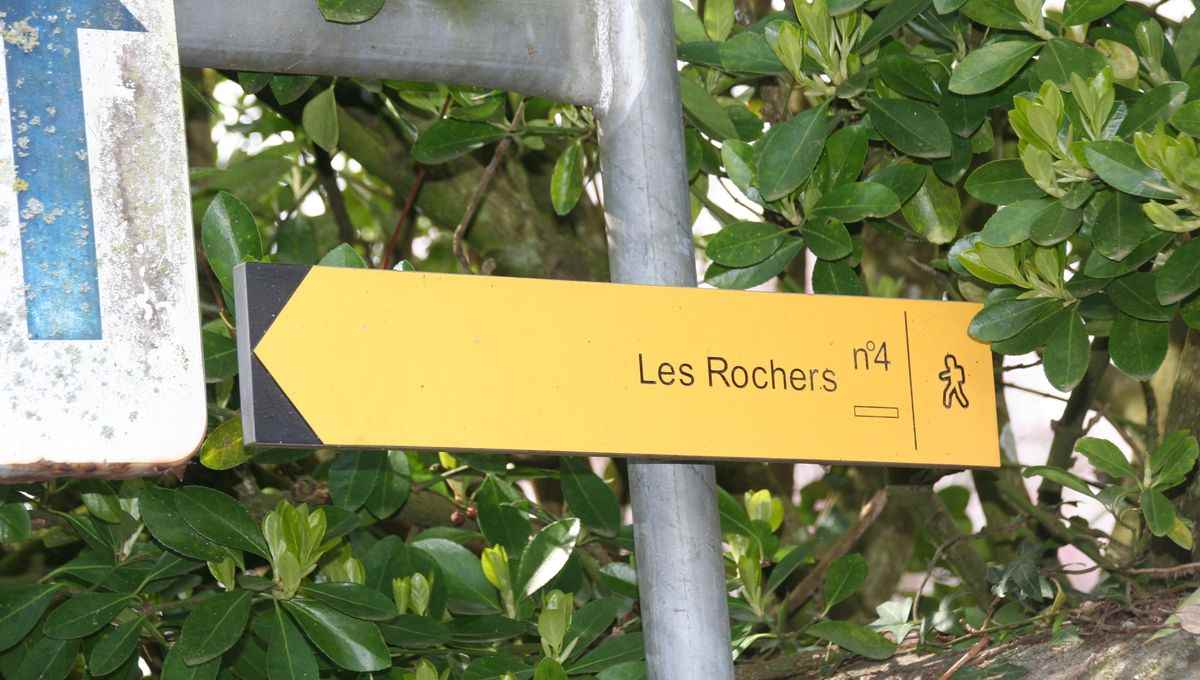Les Rochers are large limestone complexes, near the town, which were exploited in the 19th and 20th centuries in quarries for the manufacture of lime. In addition to the rather well-preserved remains of the ovens, one can discover a site qualified as a sensitive natural area by the Departmental Council. With spring, it’s time to discover the extraordinary flowering that develops between the rocks and on the dry lawn. The tree structure is astonishing and shelters a specific flora such as orchids that you will simply admire. The fauna is varied and includes different species of amphibians, birds, reptiles, butterflies and other insects.
When you are not in the shade of the hedges, you only frequent the municipal roads serving farms and hamlets, sometimes crossing an open landscape or bocage from which spring characteristic sources of the limestone reliefs.
Visit the village, its streets and alleys, overlooking a pond which was much larger in the Middle Ages and whose dyke supported a large road of the barony of Laval. The church, very renovated in 1868, suffered a fire in 1926 which made it possible to discover murals representing in particular one of the patron saints of walkers, Saint Crépin with his half-moon knife for cutting leather. Another presents 3 carefree young men crossing a cemetery And if you got drunk from your walk, push on to the drunk tank, a prison in the basement which could have been used in the event of an untimely noise in this picturesque village marked by an industrial history and which has kept interesting architectures.
